-
 Bitcoin
Bitcoin $82,695.1187
-0.22% -
 Ethereum
Ethereum $1,785.8055
-0.18% -
 Tether USDt
Tether USDt $0.9996
0.01% -
 XRP
XRP $2.1251
0.91% -
 BNB
BNB $592.7818
0.00% -
 Solana
Solana $117.8243
-0.70% -
 USDC
USDC $1.0001
0.03% -
 Dogecoin
Dogecoin $0.1672
-0.21% -
 Cardano
Cardano $0.6479
-0.77% -
 TRON
TRON $0.2379
-0.83% -
 Chainlink
Chainlink $12.6354
-0.64% -
 UNUS SED LEO
UNUS SED LEO $8.9846
-5.00% -
 Toncoin
Toncoin $3.2501
-3.38% -
 Stellar
Stellar $0.2514
-2.24% -
 Avalanche
Avalanche $17.8861
0.50% -
 Sui
Sui $2.2029
-1.18% -
 Shiba Inu
Shiba Inu $0.0...01211
-0.02% -
 Hedera
Hedera $0.1603
-2.17% -
 Litecoin
Litecoin $82.1586
-2.39% -
 Polkadot
Polkadot $3.9148
-3.22% -
 MANTRA
MANTRA $6.2911
-0.02% -
 Bitcoin Cash
Bitcoin Cash $297.5641
0.19% -
 Dai
Dai $1.0001
0.02% -
 Bitget Token
Bitget Token $4.4277
-2.52% -
 Ethena USDe
Ethena USDe $0.9991
-0.01% -
 Pi
Pi $0.6229
17.76% -
 Monero
Monero $216.0038
-0.27% -
 Hyperliquid
Hyperliquid $11.5829
0.54% -
 Uniswap
Uniswap $5.7983
-0.29% -
 OKB
OKB $50.9191
5.89%
What is the role of sidechain technology in blockchain?
Sidechains enhance blockchain scalability, privacy, and functionality by processing transactions off the main chain, enabling novel consensus mechanisms and interoperability, but their security depends heavily on design and implementation.
Mar 20, 2025 at 02:49 am
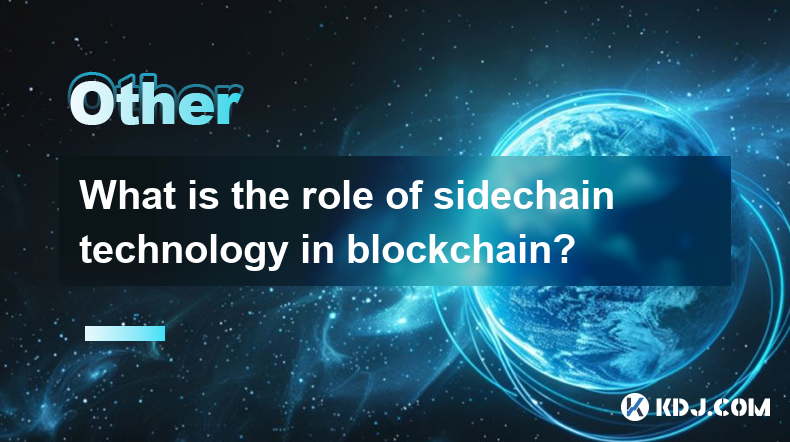
Key Points:
- Sidechains alleviate blockchain scalability issues by processing transactions off the main chain.
- They enhance privacy by allowing confidential transactions outside the main chain's public ledger.
- Sidechains enable the implementation of novel consensus mechanisms and features not supported by the main chain.
- They facilitate interoperability between different blockchains through secure two-way communication.
- The security of a sidechain is dependent on its design and implementation, with risks varying significantly.
What is the role of sidechain technology in blockchain?
Sidechain technology plays a crucial role in addressing some of the fundamental limitations of blockchain networks, primarily scalability and functionality. By creating a secondary chain connected to the main blockchain, sidechains offer a way to offload transaction processing, thereby reducing congestion and improving the speed of transactions on the primary chain. This is particularly beneficial for blockchains experiencing high transaction volumes, such as Bitcoin or Ethereum.
The primary function of a sidechain is to handle transactions separately from the main chain. This allows for increased transaction throughput without compromising the security or decentralization of the main chain. This separation allows for experimentation with different consensus mechanisms or features that might not be suitable or compatible with the main chain's architecture.
Privacy is another area where sidechains excel. Because transactions on a sidechain are often not directly visible on the main chain's public ledger, they can provide a higher degree of confidentiality for users who value anonymity. This is particularly relevant for applications requiring sensitive data handling, such as financial transactions or supply chain management.
Sidechains facilitate the creation of specialized blockchains tailored to specific needs. For instance, a sidechain could be designed to optimize for specific applications like decentralized finance (DeFi) or non-fungible tokens (NFTs), offering features not readily available on the main chain. This modularity enhances the versatility of the blockchain ecosystem.
Interoperability, the ability of different blockchains to communicate and exchange data, is another key advantage. Sidechains act as bridges, enabling secure two-way communication between different blockchain networks. This interoperability allows for the seamless transfer of assets and information between various platforms, promoting a more interconnected and collaborative blockchain landscape.
However, it's important to understand that sidechains are not without risks. The security of a sidechain is largely dependent on its specific design and implementation. A poorly designed or implemented sidechain could be vulnerable to attacks, potentially jeopardizing the security of the main chain through a compromised peg mechanism (the mechanism that allows for the transfer of assets between the main chain and the sidechain). The security model of each sidechain should be carefully evaluated before use.
The process of creating and using a sidechain often involves complex technical considerations. Secure two-way asset transfer between the main chain and the sidechain, known as "pegging," is a critical aspect. This usually requires a sophisticated mechanism to ensure the integrity and security of the transferred assets, preventing double-spending or other malicious activities.
Developing a sidechain also requires careful consideration of the consensus mechanism. The choice of consensus mechanism will influence the security, scalability, and efficiency of the sidechain. Popular choices include Proof-of-Work (PoW), Proof-of-Stake (PoS), and various hybrid approaches.
The integration of a sidechain into an existing ecosystem often requires significant development effort. This includes creating the necessary infrastructure, developing the smart contracts for asset transfer, and ensuring seamless user experience. It’s a complex undertaking requiring experienced developers.
Furthermore, the governance model of a sidechain needs careful planning. Decisions regarding the development, maintenance, and updates of the sidechain need to be made transparently and fairly. This often involves community participation and consensus mechanisms to ensure decentralization and avoid potential conflicts of interest.
Finally, regulatory considerations should be taken into account when designing and deploying sidechains. The legal and regulatory landscape surrounding cryptocurrencies is constantly evolving, and sidechain projects need to comply with applicable laws and regulations to ensure their long-term viability and legitimacy.
Frequently Asked Questions:
Q: What is the difference between a sidechain and a layer-2 solution?
A: Sidechains are separate blockchains pegged to the main chain, offering more independence but potentially compromising security if poorly designed. Layer-2 solutions operate on top of the main chain, inheriting its security but often having limitations on functionality and scalability compared to sidechains.
Q: Are sidechains secure?
A: The security of a sidechain is highly dependent on its specific implementation and the security of its peg mechanism. A poorly designed sidechain can be vulnerable to attacks, potentially impacting the main chain.
Q: How do assets move between a mainchain and its sidechain?
A: Assets are moved using a "pegging" mechanism. This involves locking assets on the mainchain and minting equivalent assets on the sidechain (and vice versa). The security of this process is crucial.
Q: What are the benefits of using sidechains?
A: Sidechains offer benefits such as increased scalability, enhanced privacy, the ability to experiment with different consensus mechanisms, and improved interoperability between blockchains.
Q: What are the drawbacks of using sidechains?
A: Drawbacks include the complexity of implementation, potential security risks associated with the peg mechanism, and the need for careful consideration of the governance model.
Q: Are all sidechains created equal?
A: No, sidechains vary significantly in their design, security features, and functionalities. The choice of sidechain depends heavily on the specific use case and requirements.
Disclaimer:info@kdj.com
The information provided is not trading advice. kdj.com does not assume any responsibility for any investments made based on the information provided in this article. Cryptocurrencies are highly volatile and it is highly recommended that you invest with caution after thorough research!
If you believe that the content used on this website infringes your copyright, please contact us immediately (info@kdj.com) and we will delete it promptly.
- Aptos (APT) Spot ETF Application by Bitwise Asset Management Sparks Fresh Excitement in the Crypto Market
- 2025-04-06 00:20:12
- Bitcoin and Ethereum Prices End Q1 of 2025 in the Red
- 2025-04-06 00:20:12
- CryptoQuant Reveals the Growing Influence of “New Whales” in the Bitcoin Market
- 2025-04-06 00:15:12
- NoviqTech Tokenizes Recycled Amines on Hedera Network
- 2025-04-06 00:15:12
- FX Guys (FXG) Token, The Next 100x Altcoin
- 2025-04-06 00:10:12
- DePIN track leader Roam will participate as a primary sponsor in the 2025 Hong Kong Web3 Carnival
- 2025-04-06 00:10:12
Related knowledge

Is the ranking of Chinese blockchain apps real and reliable?
Apr 04,2025 at 09:01pm
The ranking of Chinese blockchain apps has become a topic of interest for many in the cryptocurrency community, as it provides insights into the popularity and adoption of blockchain technology within China. However, the reliability and authenticity of these rankings are often questioned. This article aims to delve into the factors that influence these ...
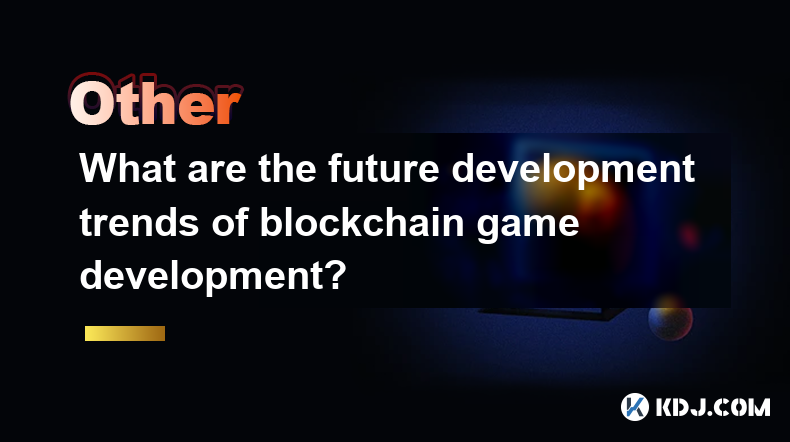
What are the future development trends of blockchain game development?
Apr 03,2025 at 05:00am
Blockchain technology has revolutionized various industries, and gaming is no exception. As we look to the future, several trends are set to shape the development of blockchain games. These trends not only promise to enhance the gaming experience but also to integrate blockchain technology more seamlessly into the gaming ecosystem. Let's explore these t...
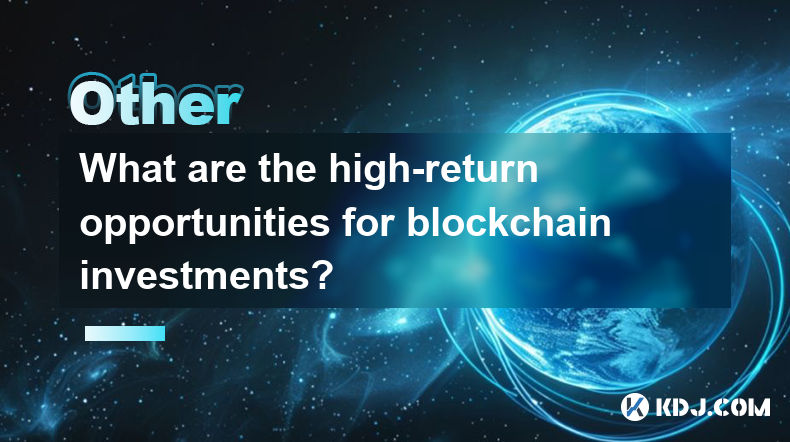
What are the high-return opportunities for blockchain investments?
Apr 05,2025 at 02:35pm
Blockchain technology has revolutionized the financial world, offering numerous high-return investment opportunities. These opportunities span various sectors within the cryptocurrency ecosystem, including cryptocurrencies, decentralized finance (DeFi), non-fungible tokens (NFTs), and blockchain startups. Each of these areas presents unique risks and re...
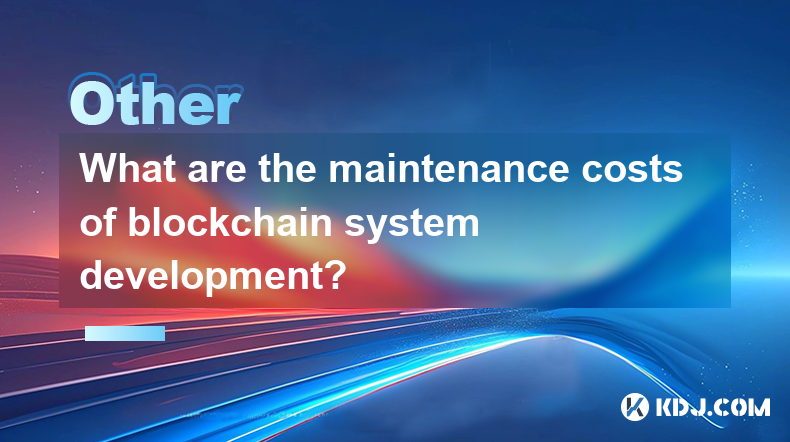
What are the maintenance costs of blockchain system development?
Apr 03,2025 at 06:07pm
The maintenance costs of blockchain system development are multifaceted and depend on various factors. These costs can include technical maintenance, security updates, infrastructure expenses, and personnel costs. Understanding these elements is crucial for anyone planning to develop or maintain a blockchain system. Technical MaintenanceTechnical mainte...
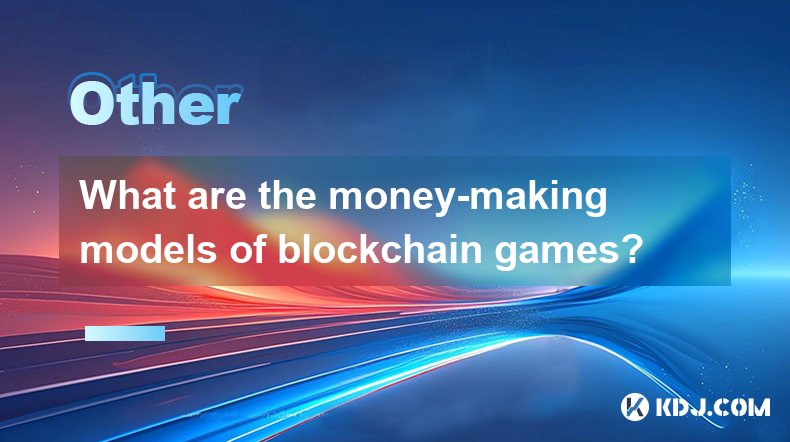
What are the money-making models of blockchain games?
Apr 04,2025 at 02:00pm
Blockchain games have emerged as a revolutionary way for players to earn real money while enjoying their favorite pastime. These games leverage the power of blockchain technology to create unique money-making models that benefit both the players and the developers. In this article, we will explore the various money-making models of blockchain games and ...
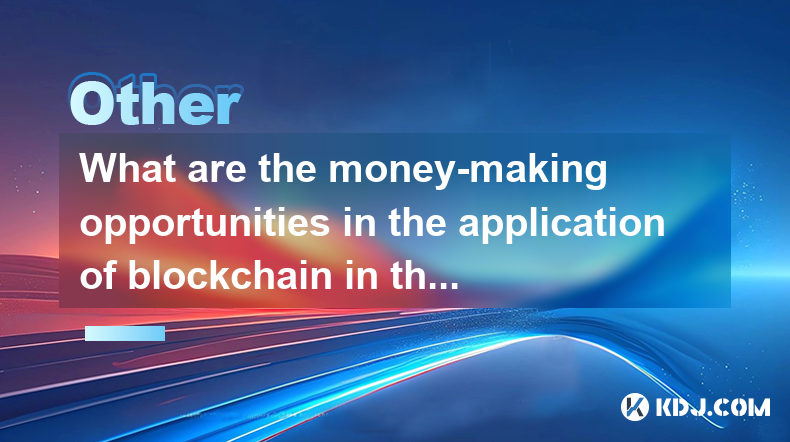
What are the money-making opportunities in the application of blockchain in the field of Internet of Things?
Apr 05,2025 at 10:35pm
The integration of blockchain technology with the Internet of Things (IoT) presents numerous money-making opportunities. Blockchain, with its decentralized and secure nature, can revolutionize how IoT devices interact, manage data, and conduct transactions. This article will explore various avenues where entrepreneurs, developers, and investors can capi...

Is the ranking of Chinese blockchain apps real and reliable?
Apr 04,2025 at 09:01pm
The ranking of Chinese blockchain apps has become a topic of interest for many in the cryptocurrency community, as it provides insights into the popularity and adoption of blockchain technology within China. However, the reliability and authenticity of these rankings are often questioned. This article aims to delve into the factors that influence these ...

What are the future development trends of blockchain game development?
Apr 03,2025 at 05:00am
Blockchain technology has revolutionized various industries, and gaming is no exception. As we look to the future, several trends are set to shape the development of blockchain games. These trends not only promise to enhance the gaming experience but also to integrate blockchain technology more seamlessly into the gaming ecosystem. Let's explore these t...

What are the high-return opportunities for blockchain investments?
Apr 05,2025 at 02:35pm
Blockchain technology has revolutionized the financial world, offering numerous high-return investment opportunities. These opportunities span various sectors within the cryptocurrency ecosystem, including cryptocurrencies, decentralized finance (DeFi), non-fungible tokens (NFTs), and blockchain startups. Each of these areas presents unique risks and re...

What are the maintenance costs of blockchain system development?
Apr 03,2025 at 06:07pm
The maintenance costs of blockchain system development are multifaceted and depend on various factors. These costs can include technical maintenance, security updates, infrastructure expenses, and personnel costs. Understanding these elements is crucial for anyone planning to develop or maintain a blockchain system. Technical MaintenanceTechnical mainte...

What are the money-making models of blockchain games?
Apr 04,2025 at 02:00pm
Blockchain games have emerged as a revolutionary way for players to earn real money while enjoying their favorite pastime. These games leverage the power of blockchain technology to create unique money-making models that benefit both the players and the developers. In this article, we will explore the various money-making models of blockchain games and ...

What are the money-making opportunities in the application of blockchain in the field of Internet of Things?
Apr 05,2025 at 10:35pm
The integration of blockchain technology with the Internet of Things (IoT) presents numerous money-making opportunities. Blockchain, with its decentralized and secure nature, can revolutionize how IoT devices interact, manage data, and conduct transactions. This article will explore various avenues where entrepreneurs, developers, and investors can capi...
See all articles




















































































